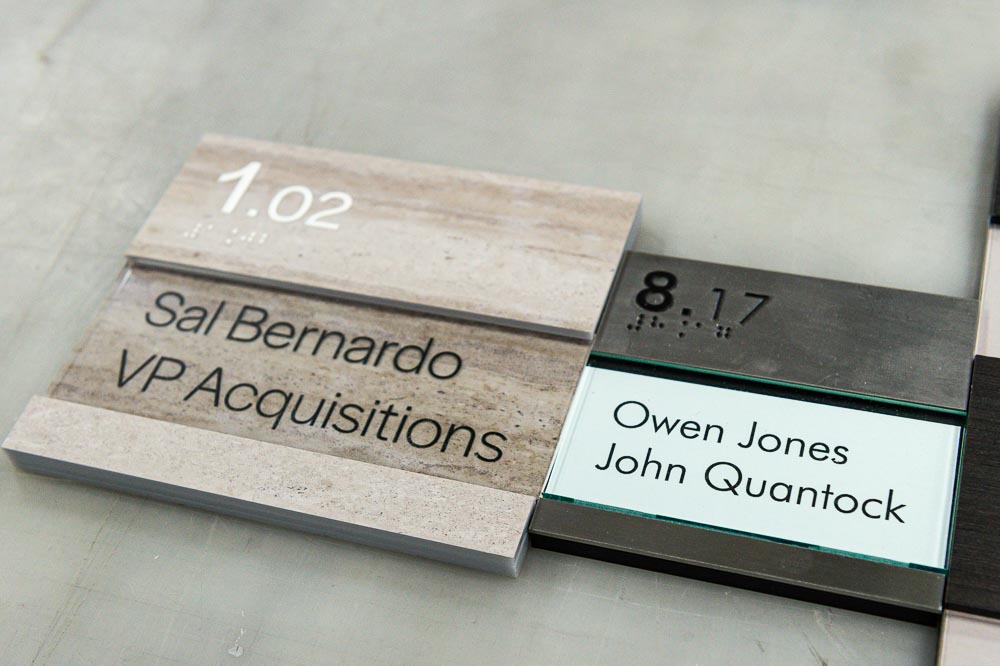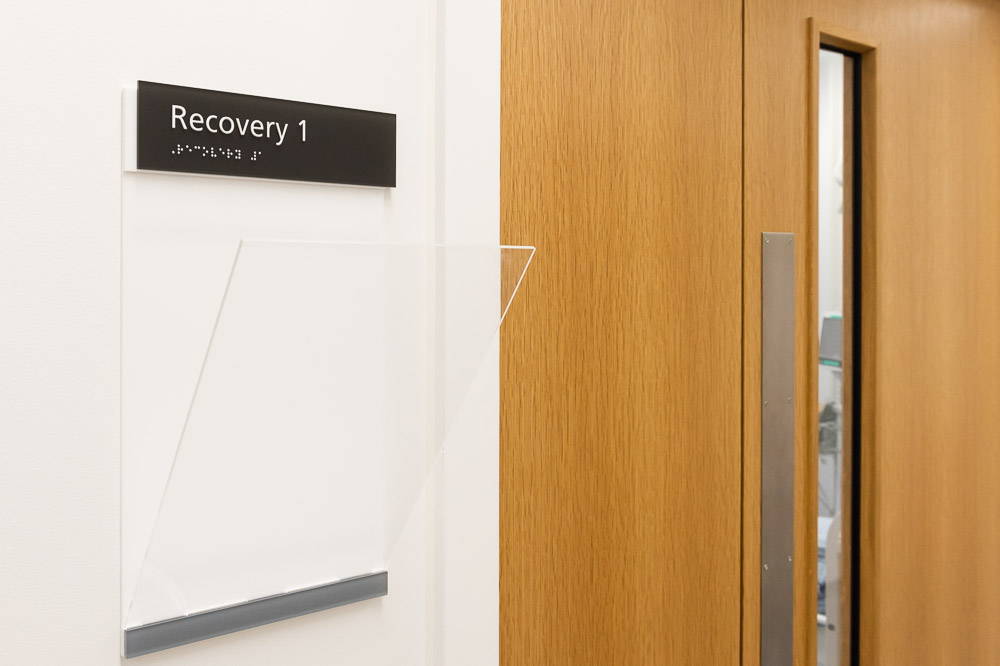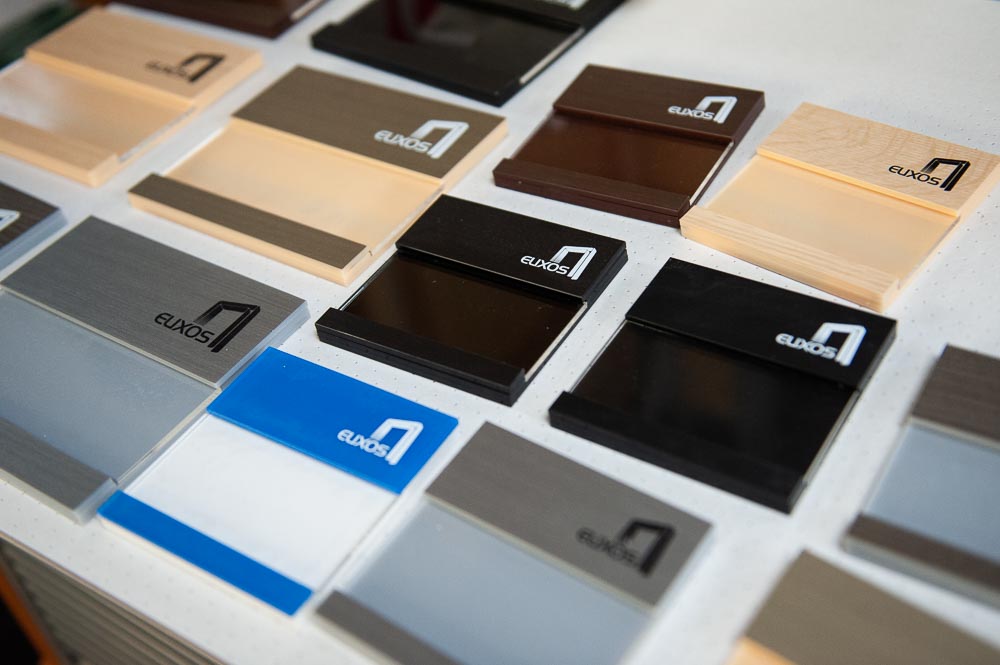Paper is often used in environments for signage where there is an immediate requirement for a sign to be erected. A printed piece of paper offers a cheap alternative to more substantive signage but offers none of the design aesthetics of something more permanent. However, there still remains the need to create an instant sign type that can be stuck on to a door, for example. The accessibility of creating a printed sign on a piece of paper makes it a popular option, however unsightly it looks.
Paper signs can mounted behind glass or Perspex, but the products designed to provide this aren’t always well engineered, removing the fundamental advantage of simple paper signs in the first place. Without design thought, printed paper signs are left looking rather shabby and out of place. xsign developed the Puzzle sign product as part of a project requirement that asked for a better way of housing paper insert signs. The development of the patented Puzzle product took shape and today Puzzle exists in numerous sizes and layouts, including the recently developed invisible Puzzle sign system.
The Puzzle system offers security alongside good aesthetics and design qualities. It is the system of choice in environments where you may need to change the paper insert quite often, but don’t want the sign tampered with or damaged. The ability to change content makes Puzzle signs ideal for high throughput areas such as schools and hospitals, with the integral locking system keeping the actual sign safe and free from interference. And the ease of use of the system means that the actual paper notice can be swapped out quickly when needed, for example for meeting rooms.
Both Puzzle and the Folio systems look professional and are simple to install, and don’t need any specialist fixings to erect them, so you can easily use them for a range of applications, including information, wayfinding, and even statutory information. And because they can be swapped out with ease, any changes in information can be updated on a computer, a new sign printed out – with as many graphics and colours as you want – and simply slotted in place of the old sign.
In terms of actual hardware, folio signs tend to be a simpler design, and frequently consist of little more than moulded Perspex to act as a support system, while Puzzle signs have precision-machined parts that allow them to slide together to make the final support. Neither sign type is an expensive option and xsign can create signs of this type for any application quickly and cost-effectively.



